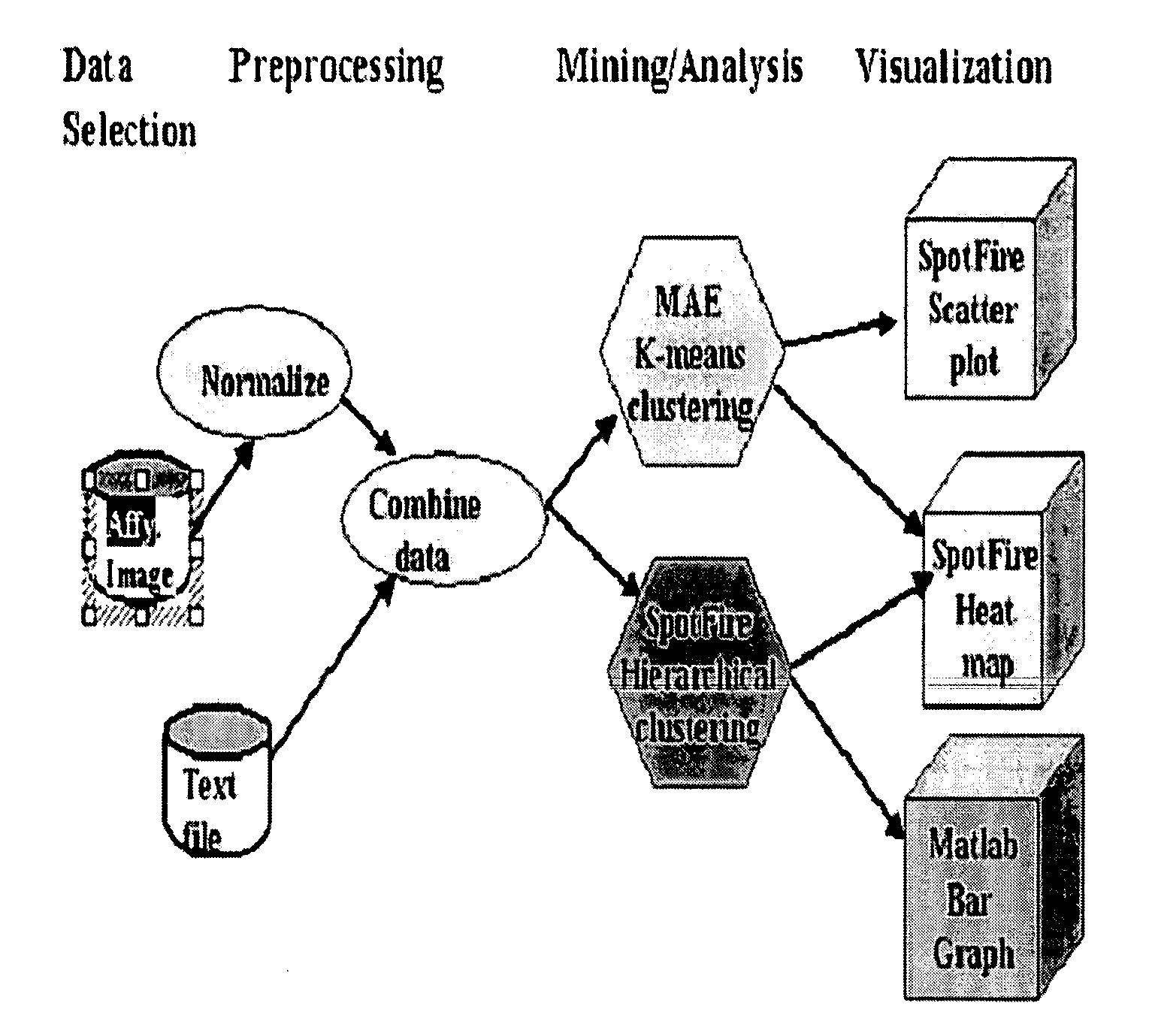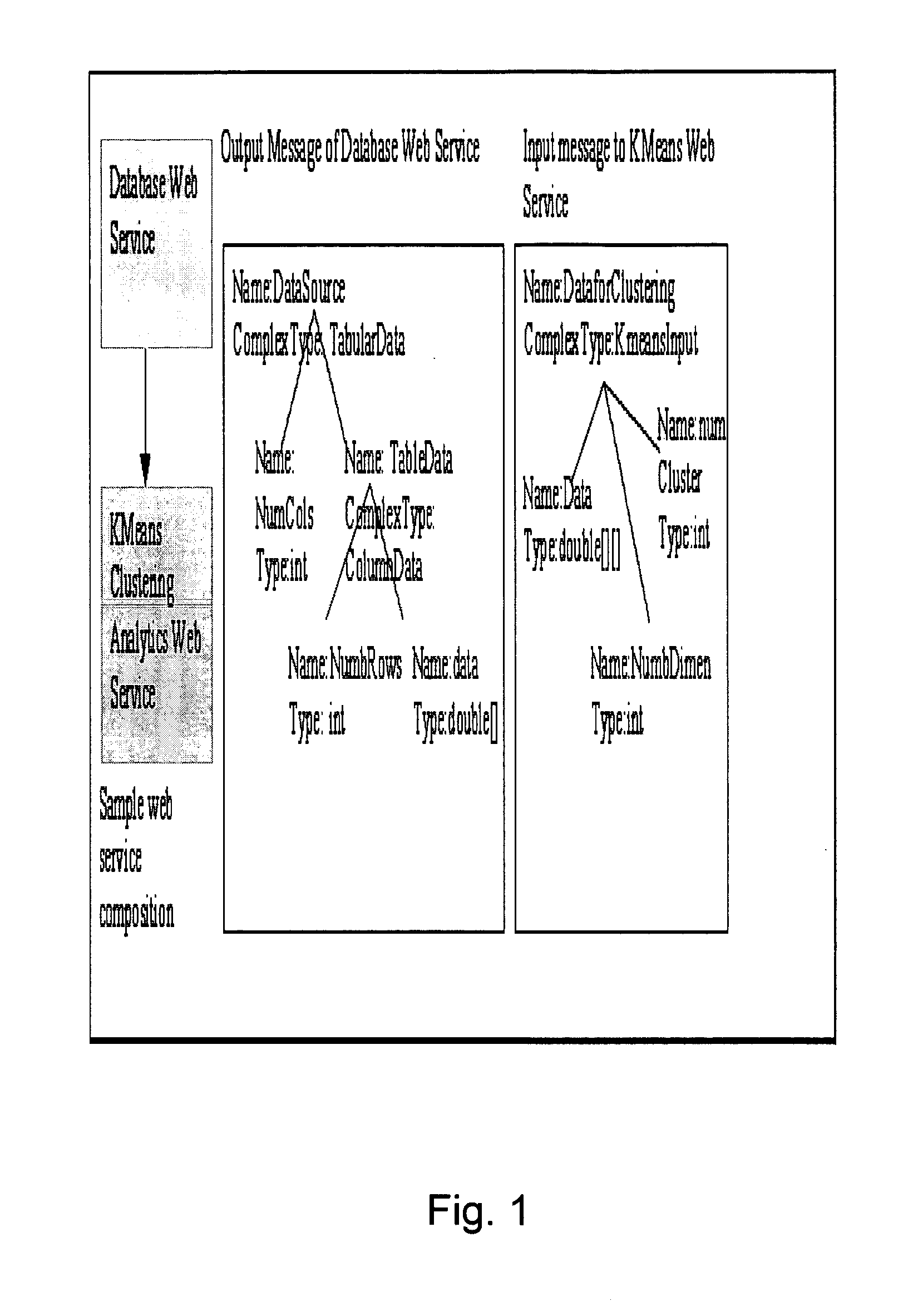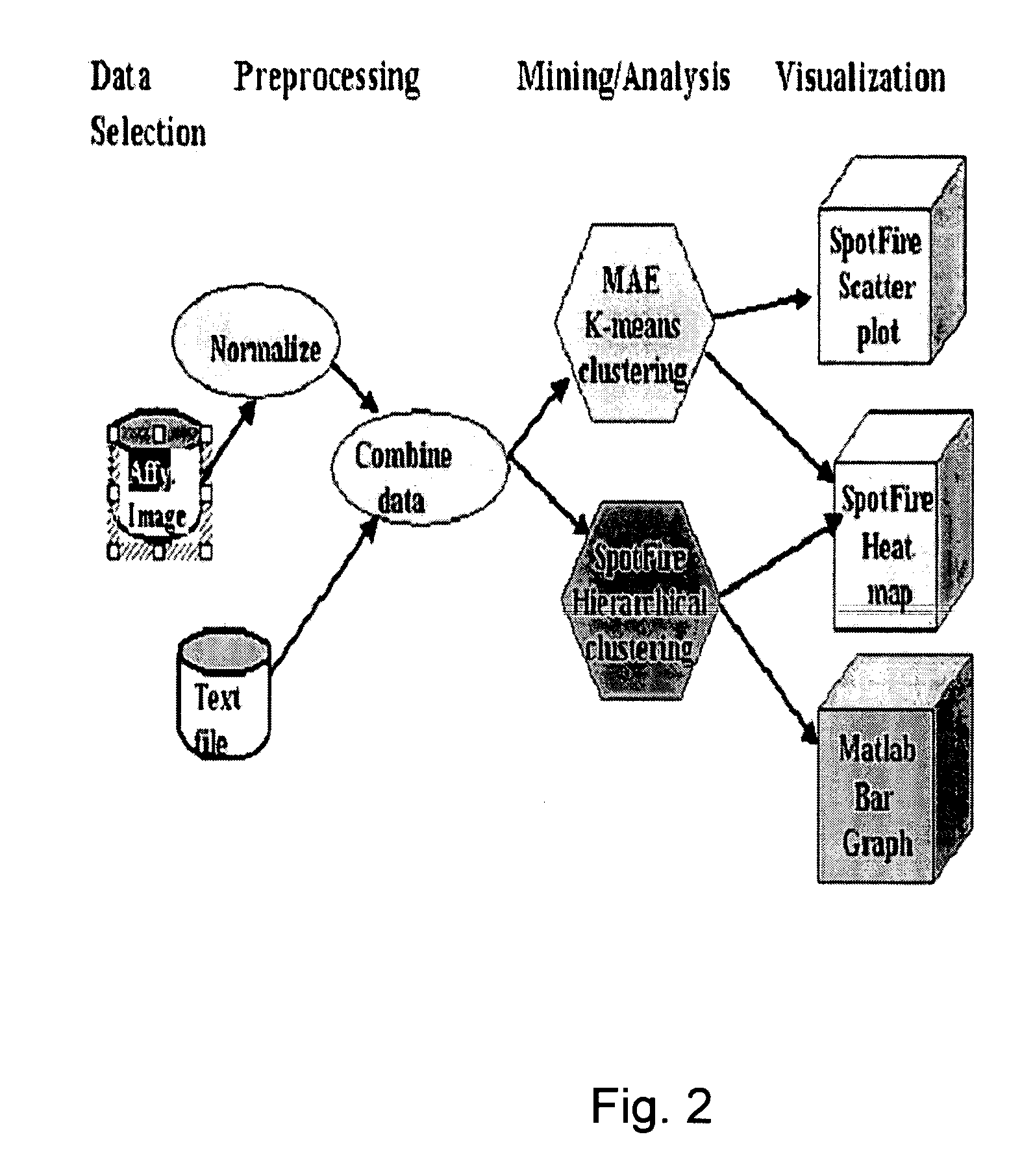Automatic composition of services through semantic attribute matching
a technology of semantic attribute matching and automatic composition, applied in the direction of instruments, computing, electric digital data processing, etc., can solve the problems of not being scalable, not only tedious in terms of development time and effort, and not being able to assign friendly names following an ontology, etc., to achieve the effect of maximizing both the number of sources
- Summary
- Abstract
- Description
- Claims
- Application Information
AI Technical Summary
Benefits of technology
Problems solved by technology
Method used
Image
Examples
Embodiment Construction
[0022] With the emergence of web services, it has become desirable to automatically compose services to enable scalable business-to-business and enterprise application integration systems that reduce, at the same time, development time and effort. Automatically composing services, however, is a challenging problem since it is unlikely that web services derived from widely distributed sources use similar terminology or structure in their abstract data types to enable direct chaining. The invention presents an approach to physically compose a specified set of services by semantically matching schemas derived from the API specification of source and destination services Specifically, the invention models the correspondence between schemas as a problem of finding a maximum matching in a bipartite graph formed from the attributes of source and destination API schemas. The weights on the edges of the graph represent the similarity between the pairs of source and target attributes and are ...
PUM
 Login to View More
Login to View More Abstract
Description
Claims
Application Information
 Login to View More
Login to View More - R&D
- Intellectual Property
- Life Sciences
- Materials
- Tech Scout
- Unparalleled Data Quality
- Higher Quality Content
- 60% Fewer Hallucinations
Browse by: Latest US Patents, China's latest patents, Technical Efficacy Thesaurus, Application Domain, Technology Topic, Popular Technical Reports.
© 2025 PatSnap. All rights reserved.Legal|Privacy policy|Modern Slavery Act Transparency Statement|Sitemap|About US| Contact US: help@patsnap.com



